What is buckwheat, why is it good and what dishes is it suitable for?
Buckwheat is rightly called the queen of cereals. It combines excellent taste with nutrition and benefits. Almost everyone, from young to old, can eat buckwheat.
This cereal is recommended as the first complementary food for babies; it is used to prepare dishes for those who are sick or in rehabilitation; it is consumed during a diet. Buckwheat has several varieties and one of the most popular is buckwheat prodel.
In the article we will talk about the distinctive features of the product, its beneficial properties and the intricacies of preparation.
What is buckwheat
There are several ways to process buckwheat, resulting in five varieties: kernel, cereals, flour, green buckwheat and did.
This is interesting. Buckwheat came to Russia from Greece, which explains its name. It is reliably known that it was used in Kievan Rus already in the 10th-11th centuries.
Buckwheat deal - the second most popular type of cereal after kernels. It is found on display in almost every store and is widely used in cooking. Prodel consists of ground buckwheat kernels, which are split into two or more parts.
Sometimes in recipes and descriptions of dishes the name “cut” appears. This is not a variety, but only a variant of what crushed cereal or other product is called.
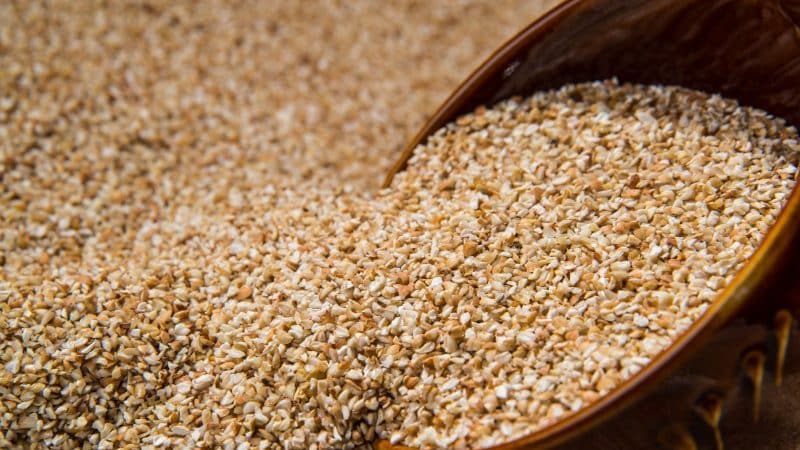
Composition and beneficial properties
100 g of buckwheat contains:
- calories – 300 kcal;
- proteins – 9.5 g;
- fats – 2.3 g;
- carbohydrates – 60.4 g;
- fiber – 12.5 g.
Vitamins:
- B1 (thiamine) – 0.42 mg;
- B2 (riboflavin) – 0.17 mg;
- E (TE) – 0.6 mg;
- PP (niacin equivalent) – 6 mg.
Macro- and microelements:
- iron – 4.9 mg;
- potassium – 320 mg;
- calcium – 20 mg;
- cobalt – 1 mcg;
- magnesium – 150 mg;
- manganese – 1.12 mg;
- copper – 360 mcg;
- sodium – 3 mg;
- sulfur – 74 mg;
- phosphorus – 253 mg;
- zinc – 1.95 mg.
Thanks to its rich composition, buckwheat has a number of beneficial properties for the body. First of all, it is one of the few grains that does not contain gluten – the main source of allergies to cereals. Therefore, buckwheat is a real salvation for people with intolerance to this substance.
No less important is its cleansing effect. This product effectively removes toxins from the body, and the abundance of fiber improves intestinal motility and cleanses it.
Buckwheat contains polyunsaturated fats, which normalize cholesterol levels in the blood. Moreover, this cereal has a positive effect on the circulatory system as a whole and helps strengthen the walls of blood vessels. In addition, iron helps maintain normal hemoglobin levels.
Vitamins B1 and B2 normalize metabolism and improve digestion. Vitamin P is important for the heart muscle and blood vessels, supports normal functioning of the thyroid gland, and has a bactericidal effect.
Buckwheat porridge is great for those who are undergoing rehabilitation after serious illnesses or operations. This is why it is often served in hospitals.
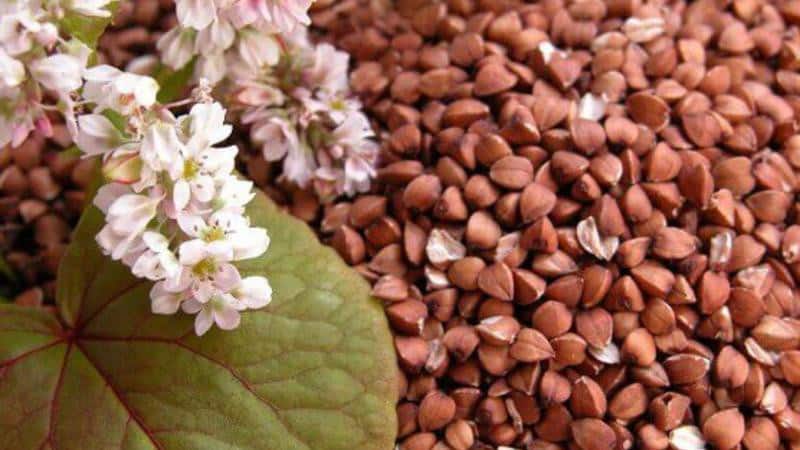
Buckwheat dishes are recommended for people suffering from:
- chronic fatigue and stress;
- immunity disorders;
- gastrointestinal diseases (gastritis, gastric and duodenal ulcers);
- poisoning;
- heart and vascular diseases;
- anemia;
- diabetes mellitus;
- swelling;
- osteoarthritis.
Application
Buckwheat is, first of all, a tasty, inexpensive and healthy product. It is included in recipes for a large number of dishes:
- porridge on water and milk;
- pots with vegetables and meat dressing;
- casseroles;
- cutlets;
- julienne;
- buckwheat hominy;
- soups.
Prodel also found its place in folk medicine. This grain was cultivated about 4000 years ago; its healing properties were known already in ancient times.
The application is as follows:
- Crushed raw buckwheat is used to treat ulcers, inflamed wounds, acne and other skin problems. There are also recipes for masks made from this cereal.
- Use it to get rid of heartburn. To do this, chew a small amount of raw cereal. Soon after this, the burning sensation decreases or disappears altogether.
- In Eastern medicine, buckwheat is used as a remedy for anemia. It is recommended to be consumed together with pomegranate juice. It is also used for massage.
The work occupies a special place in diets. It serves as an integral component of the menu of almost all weight loss diets. The most popular recipe for those who want to quickly lose a few kilograms is buckwheat with kefir. This diet is on the list of the most effective. Buckwheat mono-diets of varying durations are also quite common.
Important! Although buckwheat is a rich source of nutrients and a balanced product, nutritionists recommend sticking to a strict diet for no more than two weeks and taking a month's break before repeating it.
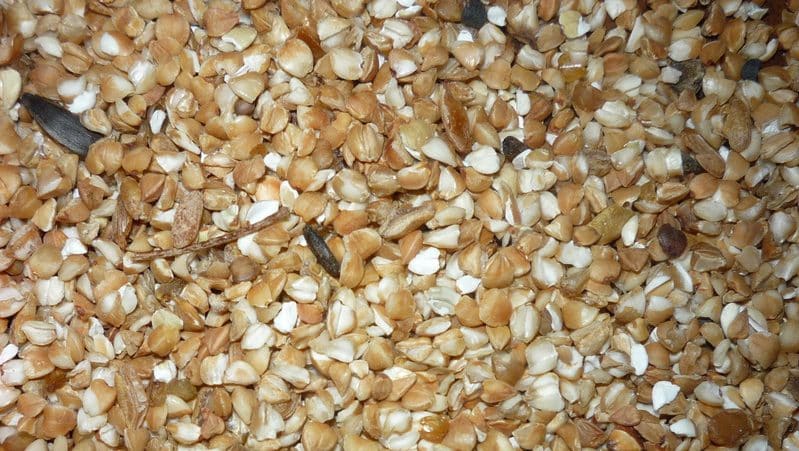
Cooking buckwheat
Buckwheat is used in a wide variety of dishes, but most often it is used to prepare porridges - both crumbly and viscous. The latter are most often used for baby and medical nutrition.Prodel is much better suited for preparing such porridges than kernels, since it is much smaller.
Porridge on the water
The recipe for buckwheat porridge with water is simple:
- Before cooking, the part must be sorted to remove debris and pebbles. After this, it is thoroughly washed with cool water. It is advisable to do this several times.
- Next, pour water into the pan at the rate of 2 tbsp. for 1 tbsp. buckwheat, bring to a boil and pour in. Unlike kernels, it does not need to be soaked before cooking.
- The porridge is cooked over low heat under a closed lid until all the water has evaporated and is absorbed into the cereal. Do not stir it or lift the lid.
- After turning off the heat, simmer the buckwheat for several minutes, then add butter and sugar to taste or some kind of gravy and serve.
This porridge can be cooked both on the stove and in a slow cooker. In the case of this problem, you can even do without cooking. In the evening, pour hot water or kefir over the cereal and cover tightly with a lid. Often the pan is wrapped in a towel and thermoses are used.
In the morning you will have a light, hearty and healthy breakfast, which retains the maximum of nutrients and vitamins. As a tasty addition to porridge, it is recommended to use honey, dried fruits (for example, dried apricots, raisins or prunes) or figs.
Porridge with milk

You can use milk instead of water. In this case, you get the so-called “slush porridge”, so named because of its viscous consistency. For this, the product is also sorted and washed, and then poured into boiling water and cooked for 20-25 minutes. For 200 g of cereal you will need 500 ml of water.
When all the water has evaporated, pour 300 ml of milk into the pan and add sugar. To get a thinner porridge, the volume of milk is increased.
Bring the mixture to a boil, then turn off the heat and leave under a tightly closed lid for 5-10 minutes.
Porridge with meat
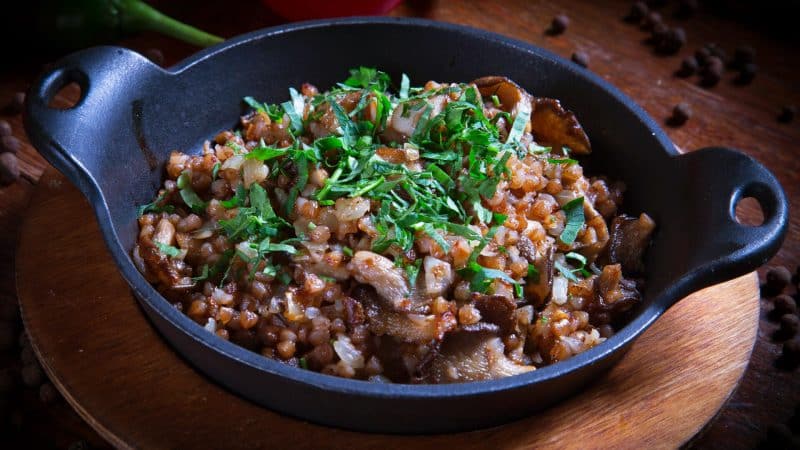
A more complex and appetizing dish is buckwheat porridge with meat. For it you will need 500 g of beef, one and a half glasses of prodel, an onion and one large carrot.
The beef is cleared of films, cut into small cubes and boiled in a saucepan or saucepan for about thirty minutes in a small amount of water. After this, the meat is salted, chopped carrots and onions are added and left to simmer for another 10 minutes.
When the beef is almost cooked, pour thoroughly washed meat into it, add about 1-1.5 cm of water and bring to a boil. After this, the dish is cooked for 20-25 minutes over low heat until the cereal absorbs all the water. The porridge is infused for about ten minutes under a tightly closed lid and served.
Buckwheat cutlets
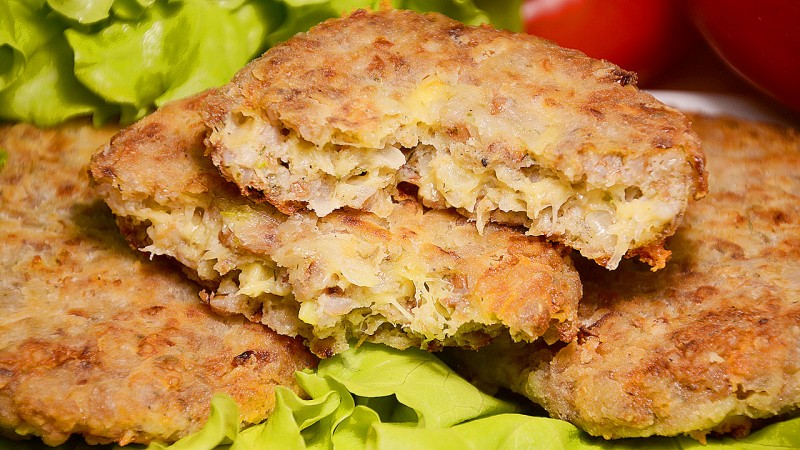
A very tasty dish - cutlets from cutlets. They will require 1.5 tbsp. done, 2 eggs, two medium onions, breadcrumbs, 2 tbsp. l. flour, salt and spices to taste.
They are easy to prepare:
- The product is boiled and cooled slightly.
- Finely chop the onion and fry in a frying pan until golden brown.
- The prepared onion is mixed with beaten eggs and flour, and then mixed with the boiled product.
- Salt and seasonings are added to the resulting mixture, rolled in breadcrumbs and fried.
How to choose the right cereal
To choose a high-quality buckwheat product, it is enough to know and follow a few simple recommendations.
Package
It is best to buy cereals in transparent packaging or packaging with a “window”. This way you can take a closer look at the contents. It is desirable that it be cellophane - this provides reliable protection from moisture. Be sure to check the integrity of the packaging.
Variety
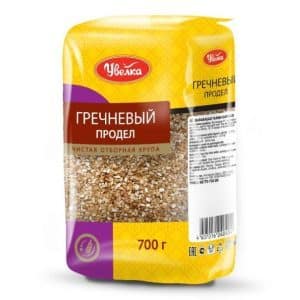
Buckwheat is divided into three varieties. First grade cereals should not contain foreign impurities such as husks, leaves or litter. The second grade contains 5-7% impurities, the third – up to 10%. Therefore, it is best to choose the first grade.
Color
It is important to pay attention to the color of the cereal. The piece must be uniform in color. If there are light, greenish, and dark grains in one package, this means that the product was steamed for different times. Such cereals will cook unevenly and their taste will deteriorate.
Important! It is advisable to choose a cream or light brown shade. The lighter the color, the less the cereal was steamed and the more nutrients it retained.
Taste and smell
It is unacceptable for the cereal to smell musty or moldy. When buying a loose product, it is better to smell it. It could become damp or moldy if stored improperly. Insects can also live in open bags.
The finished product should under no circumstances be bitter or sour. This taste indicates a low-quality product. It was either stored incorrectly or expired. It is not recommended to store buckwheat for more than a year.
Advantages and disadvantages
Like any product, buckwheat has a number of advantages and disadvantages.
The main advantage of this can be called the speed of preparation. Crushed grains cook much faster, so you can save time when cooking.
The small size of the cut is also better suited for making porridge or buckwheat cutlets.
It is better to give preference to this product when feeding small children. Babies cannot yet properly chew and digest large particles of food, so small ones are perfect for liquid and puree cereals.For this reason, it is also recommended for adults who have problems with the gastrointestinal tract.
An undoubted advantage for the thrifty is that buckwheat costs significantly less than buckwheat - it is one of the cheapest cereals.
To the disadvantages of buckwheat include its culinary qualities. The taste and smell of this cereal is worse than that of the kernel.
Some unscrupulous manufacturers sometimes produce products with impurities and debris. Due to the structure of the kupa, they can be difficult to detect, and the taste of the food may suffer as a result.
Harm and contraindications

Buckwheat contains a lot of protein, and it can cause an allergic reaction. Although this cereal is considered hypoallergenic, it can cause individual intolerance.
People who develop an allergy to buckwheat are rare, but they occur among both children and adults. An allergic reaction is recognized by the following signs:
- the appearance of a rash on the body;
- swelling (most often the lips become swollen);
- runny nose;
- teary eyes.
If these symptoms persist, it is necessary to exclude buckwheat from the menu and consult an allergist.
This product can also cause harm if you have an unbalanced diet. Oddly enough, the reason for this is precisely the usefulness of buckwheat. This cereal is rich in proteins, useful micro- and macroelements, and therefore often serves as the basis for a mono-diet for weight loss. But for all its usefulness, it cannot provide the body with all the substances necessary for life. Therefore, often a long-term diet brings not only weight loss, but also health problems.
Don’t forget about starch, which is added to buckwheat. This substance quite often causes intolerance in both children and adults.It can manifest itself especially strongly if you eat boiled cereals. To avoid this problem, it is recommended not to cook, but to steam the product.
There are few contraindications to the use of buckwheat. This product is considered one of the safest and is part of the strictest diets. But that doesn't mean he won't cause problems.
There are several groups of people whom doctors recommend giving up buckwheat or limiting its consumption. Prodel should not be eaten in large quantities:
- hypertensive patients;
- people with increased blood clotting;
- diabetics;
- people suffering from constipation;
- for allergy sufferers.
Conclusion
Buckwheat is a very useful product, which is practically not inferior in properties to the kernel, and in some ways even surpasses it. It is cheaper, much easier and faster to prepare, especially steaming.
Practically everyone can eat Prodel, but we must not forget about some limitations and features of this cereal. If you follow all the instructions regarding the selection, storage and consumption of buckwheat, it will delight you with its excellent taste and reveal all its beneficial properties.